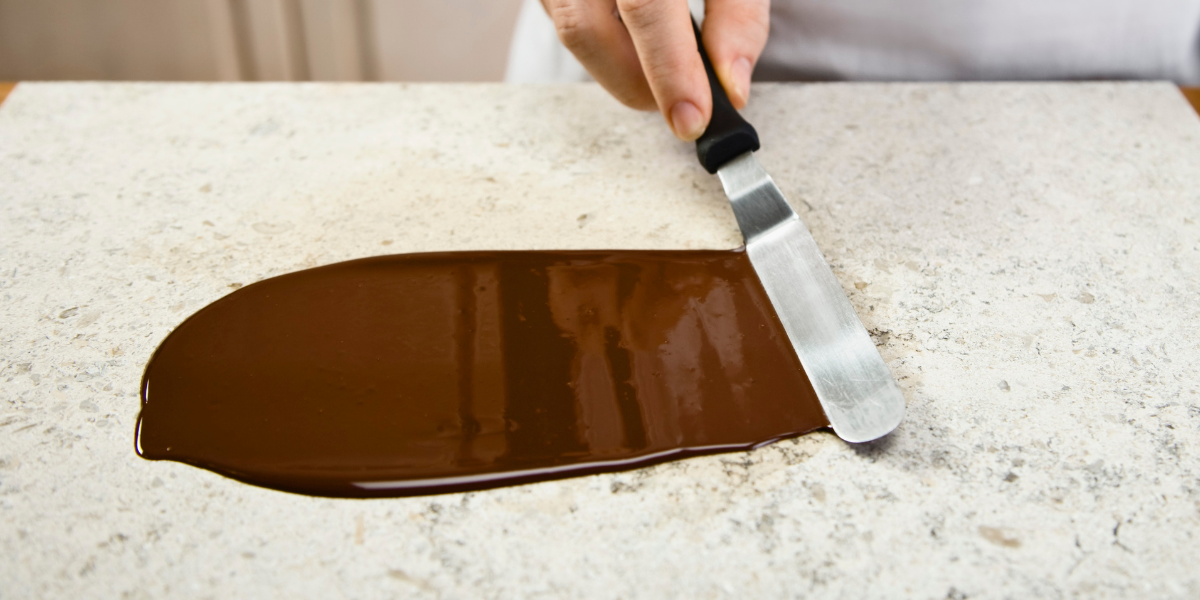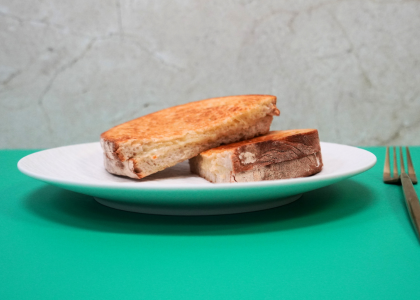Masterclass: Learn the technique of tempering chocolate
 Gooey, melted chocolate. Who doesn’t love it? Le Cordon Bleu Australia lecturer and chef Antonia Abiuso, who teaches pâtisserie students at our Melbourne campus, shows us how to easily temper chocolate for dessert garnishes.
Gooey, melted chocolate. Who doesn’t love it? Le Cordon Bleu Australia lecturer and chef Antonia Abiuso, who teaches pâtisserie students at our Melbourne campus, shows us how to easily temper chocolate for dessert garnishes.
What you’ll need:
- Good quality couverture chocolate
- A plastic bowl
- Silicone spatula
- Microwave
Method:
- Place chocolate in a plastic, microwave-safe bowl and microwave for one minute. Here, we are trying to achieve half the chocolate to be melted in liquid form and half of it to be in solid form.
- Zap in microwave for a further 30 seconds.
- Remove from microwave and give the chocolate a little stir.
- Return to microwave and heat for another 30 seconds. If you find that you've got too much solid chocolate still, at this stage, you will need to return to the microwave, but for smaller increments of time.
- If chocolate is mostly melted, give it a good stir to get any lumps out.
- Check temperature of chocolate. For dark chocolate, temperature must be 32°C, milk chocolate 31°C and white chocolate 29° to 30°C.
- Once chocolate is the correct temperature, you can then unleash your inner creativity and produce chocolate garnishes to your liking.

 Gooey, melted chocolate. Who doesn’t love it? Le Cordon Bleu Australia lecturer and chef Antonia Abiuso, who teaches pâtisserie students at our Melbourne campus, shows us how to easily temper chocolate for dessert garnishes.
Gooey, melted chocolate. Who doesn’t love it? Le Cordon Bleu Australia lecturer and chef Antonia Abiuso, who teaches pâtisserie students at our Melbourne campus, shows us how to easily temper chocolate for dessert garnishes.